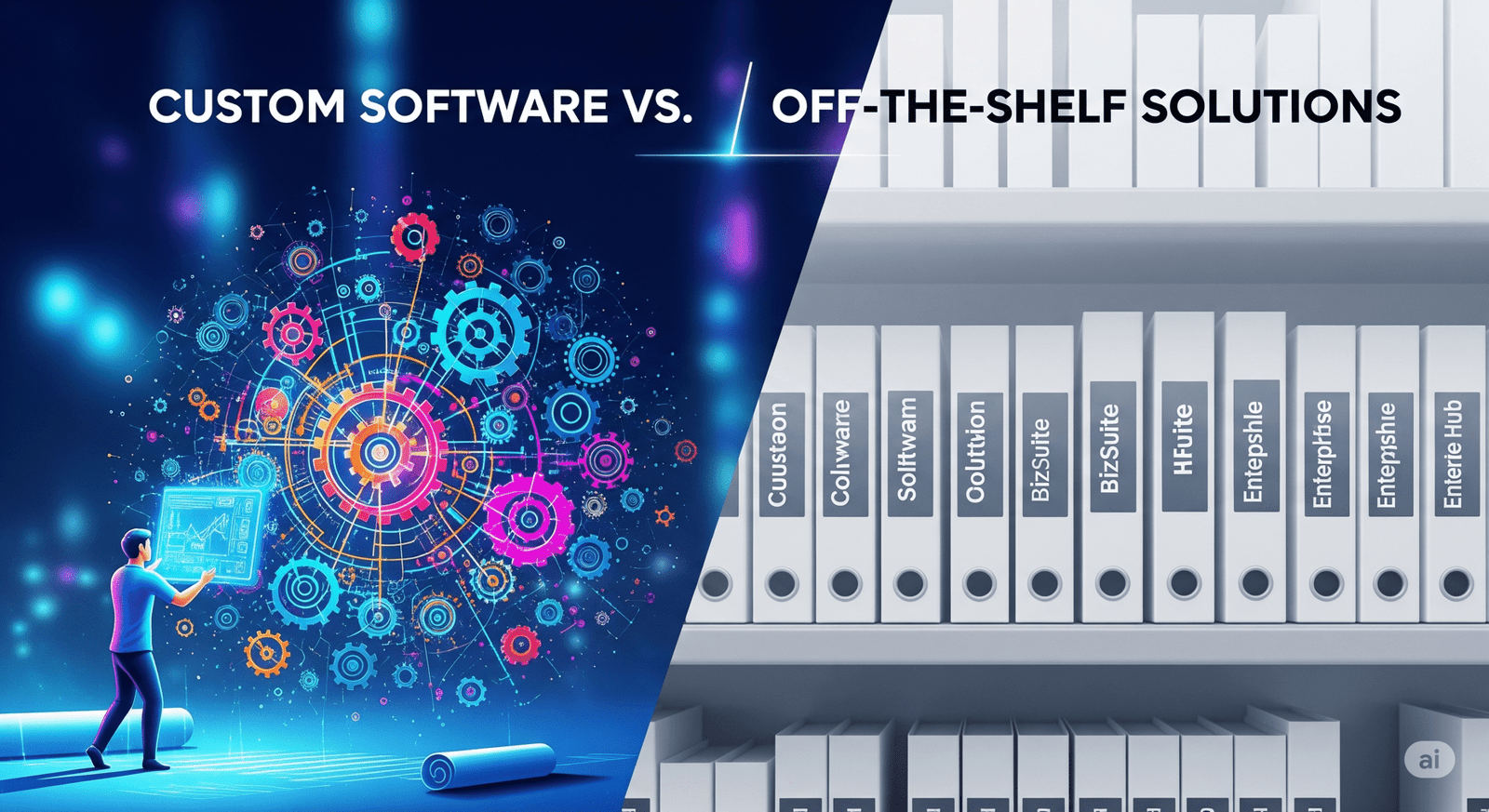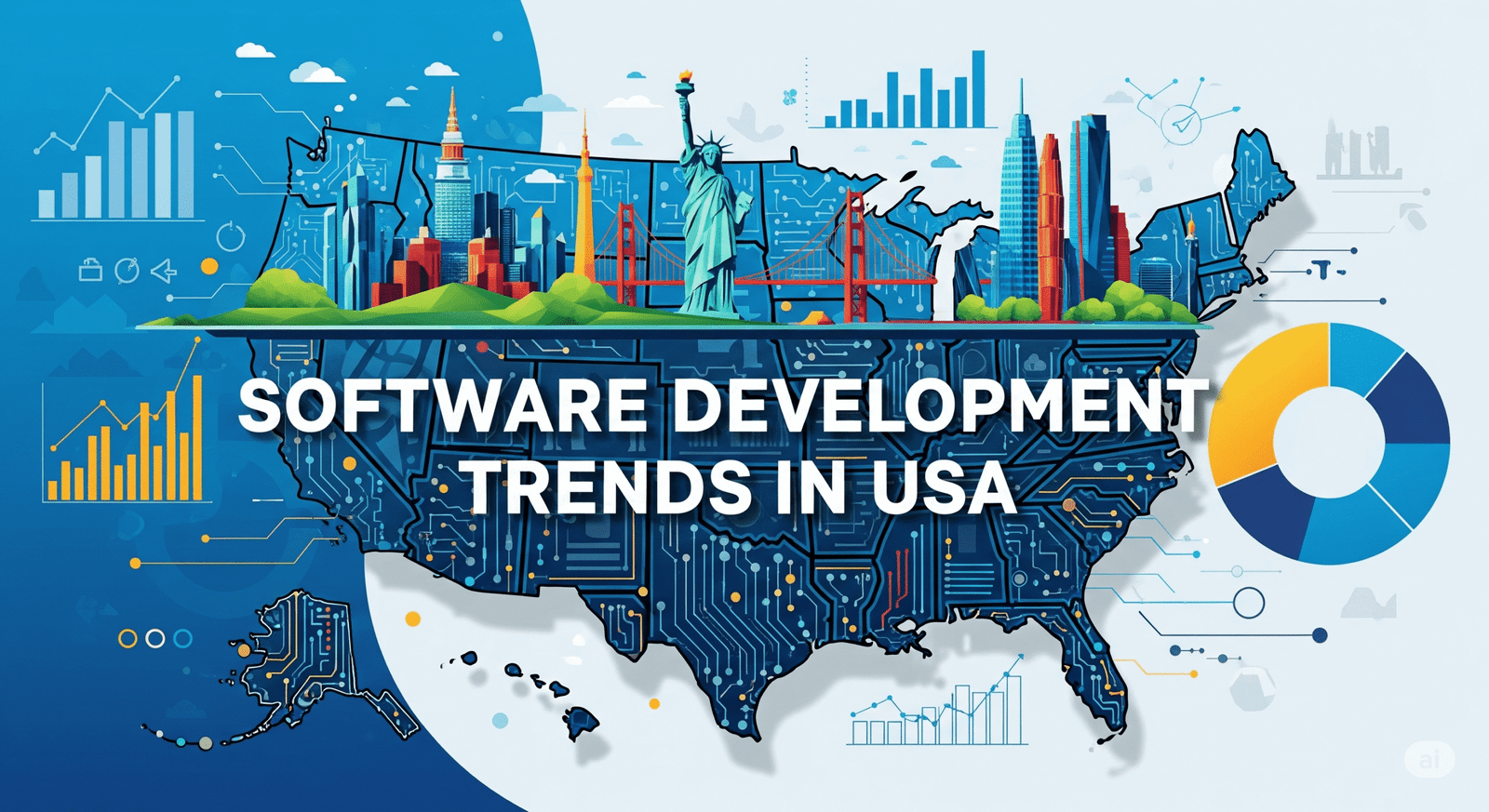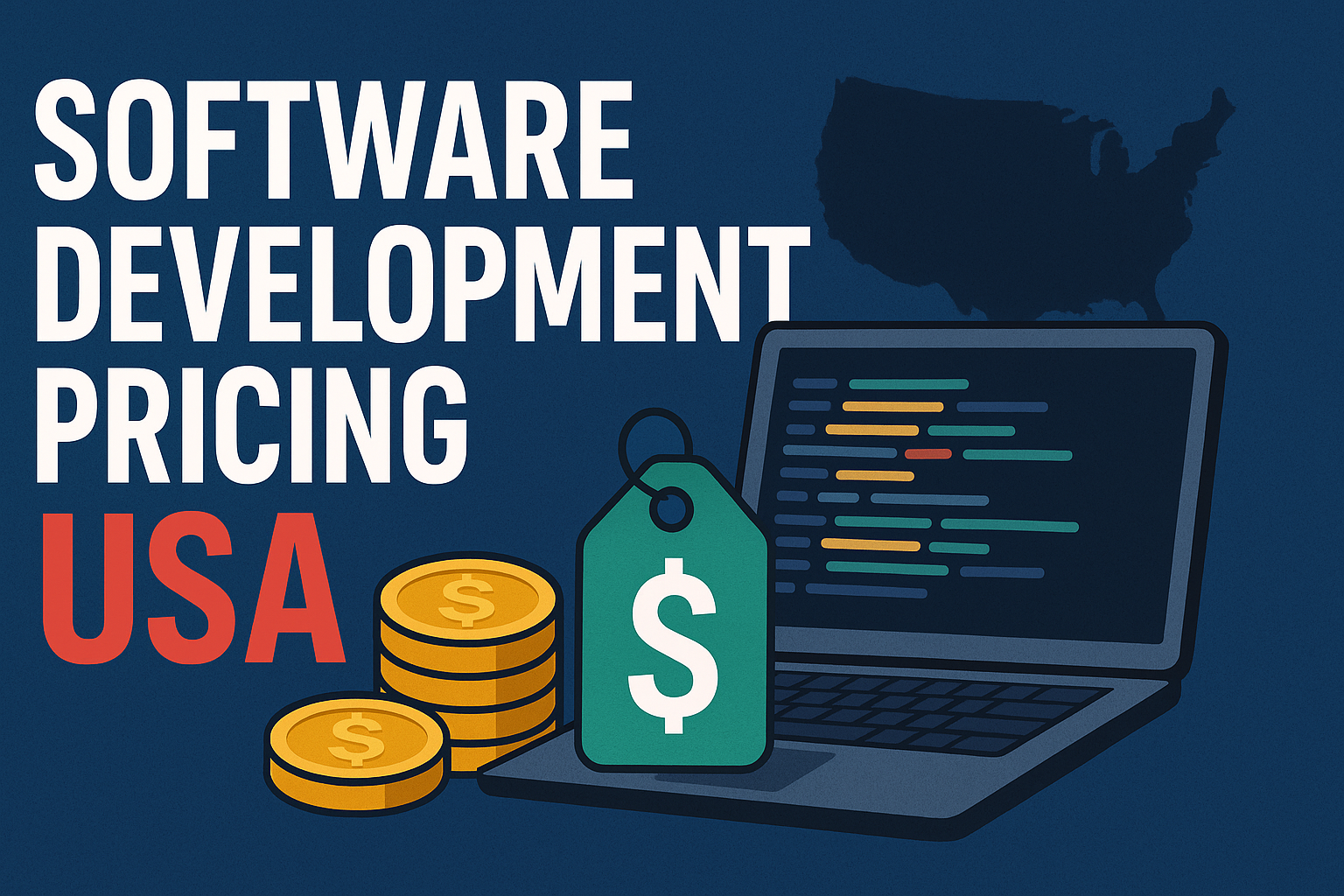1. Introduction
Businesses today rely on software for everything from customer relationship management (CRM) to inventory tracking, accounting, and beyond. The choice between custom software and off-the-shelf (OTS) solutions depends on several factors, including:
- Business size and complexity
- Budget constraints
- Unique operational needs
- Scalability requirements
- Security concerns
This blog will break down each option in detail, helping you determine which is the best fit for your organization.
2. What is Off-the-Shelf Software?
Off-the-shelf software refers to pre-built applications designed for mass-market use. Examples include:
- Microsoft Office (Word, Excel)
- Salesforce (CRM)
- QuickBooks (Accounting)
- SAP (Enterprise Resource Planning)
Advantages of Off-the-Shelf Software
✅ Immediate Availability – No development time required.
✅ Lower Initial Cost – Subscription or one-time purchase.
✅ Proven Reliability – Tested by thousands of users.
✅ Regular Updates – Vendor handles maintenance.
✅ User Support – Documentation, forums, and customer service.
Disadvantages of Off-the-Shelf Software
❌ Limited Customization – May not fit unique workflows.
❌ Generic Features – Includes functionalities you may never use.
❌ Vendor Lock-in – Dependency on third-party providers.
❌ Security Risks – Popular software is a target for hackers.
❌ Recurring Costs – Subscription fees can add up over time.
3. What is Custom Software?
Custom software is built from scratch to meet a business’s exact needs. Examples include:
- Internal workflow automation tools
- Proprietary inventory management systems
- Tailored CRM for niche industries
Advantages of Custom Software
✅ Perfect Fit for Business Needs – Designed specifically for your processes.
✅ Competitive Advantage – Unique features competitors don’t have.
✅ Full Control & Ownership – No vendor restrictions.
✅ Enhanced Security – Less vulnerable to widespread attacks.
✅ Scalability – Can grow with your business.
Disadvantages of Custom Software
❌ Higher Initial Cost – Development requires investment.
❌ Longer Development Time – Months (or years) to build.
❌ Ongoing Maintenance – Requires in-house or outsourced IT support.
❌ Risk of Poor Development – If not done right, can lead to failures.
4. Key Differences Between Custom and Off-the-Shelf Software
| Factor | Off-the-Shelf Software | Custom Software |
|---|---|---|
| Cost | Lower upfront, recurring fees | Higher initial, lower long-term |
| Customization | Limited | Fully customizable |
| Deployment Time | Instant | Months to years |
| Maintenance | Handled by vendor | In-house/outsourced |
| Security | Vulnerable to attacks | More secure (if well-built) |
| Scalability | May have limitations | Designed to scale |
| Integration | May require plugins | Built to integrate seamlessly |
5. When to Choose Off-the-Shelf Software
✔ Startups & Small Businesses – Limited budget, need quick deployment.
✔ Common Business Functions – Accounting, email, basic CRM.
✔ Short-Term Needs – Temporary projects or testing phases.
6. When to Choose Custom Software
✔ Unique Business Processes – No existing software fits.
✔ High Security Needs – Healthcare, finance, defense sectors.
✔ Long-Term Growth Plans – Need for scalability.
✔ Competitive Differentiation – Want proprietary tools.
7. Security Considerations
- OTS Risks: Common vulnerabilities (e.g., zero-day exploits).
- Custom Risks: Depends on development quality (secure coding practices are crucial).
8. Scalability and Flexibility
- OTS: May require upgrading to enterprise plans.
- Custom: Built to handle future growth.
9. Integration Capabilities
- OTS: Often requires middleware (Zapier, MuleSoft).
- Custom: APIs designed for seamless integration.
10. Maintenance and Support
- OTS: Vendor handles updates.
- Custom: Requires dedicated IT team or outsourcing.
11. How to Decide: A Step-by-Step Guide
- Assess Business Needs – What problems need solving?
- Budget Analysis – Upfront vs. long-term costs.
- Evaluate Scalability – Will OTS limit growth?
- Security Review – Industry compliance needs.
- Consult Experts – IT advisors or developers.
12. Future Trends
- AI-driven customization in OTS.
- Low-code platforms bridging the gap.
13. Conclusion
There’s no one-size-fits-all answer. Off-the-shelf software is great for standard operations, while custom software offers unmatched flexibility for unique needs.
Final Recommendation:
- Startups & SMEs → Start with OTS, then customize as needed.
- Large Enterprises & Niche Businesses → Invest in custom solutions for long-term gains.
By carefully evaluating your business requirements, budget, and growth plans, you can make the best choice between custom vs. off-the-shelf software.


